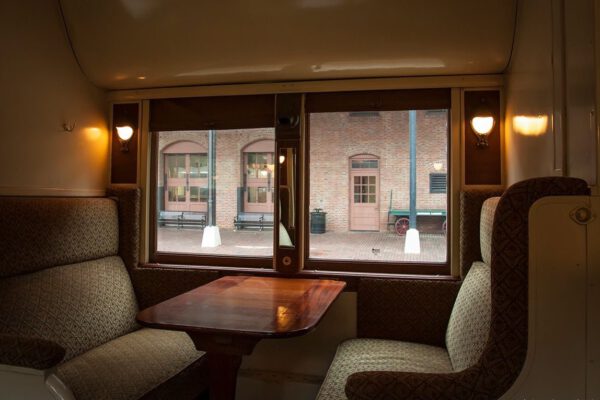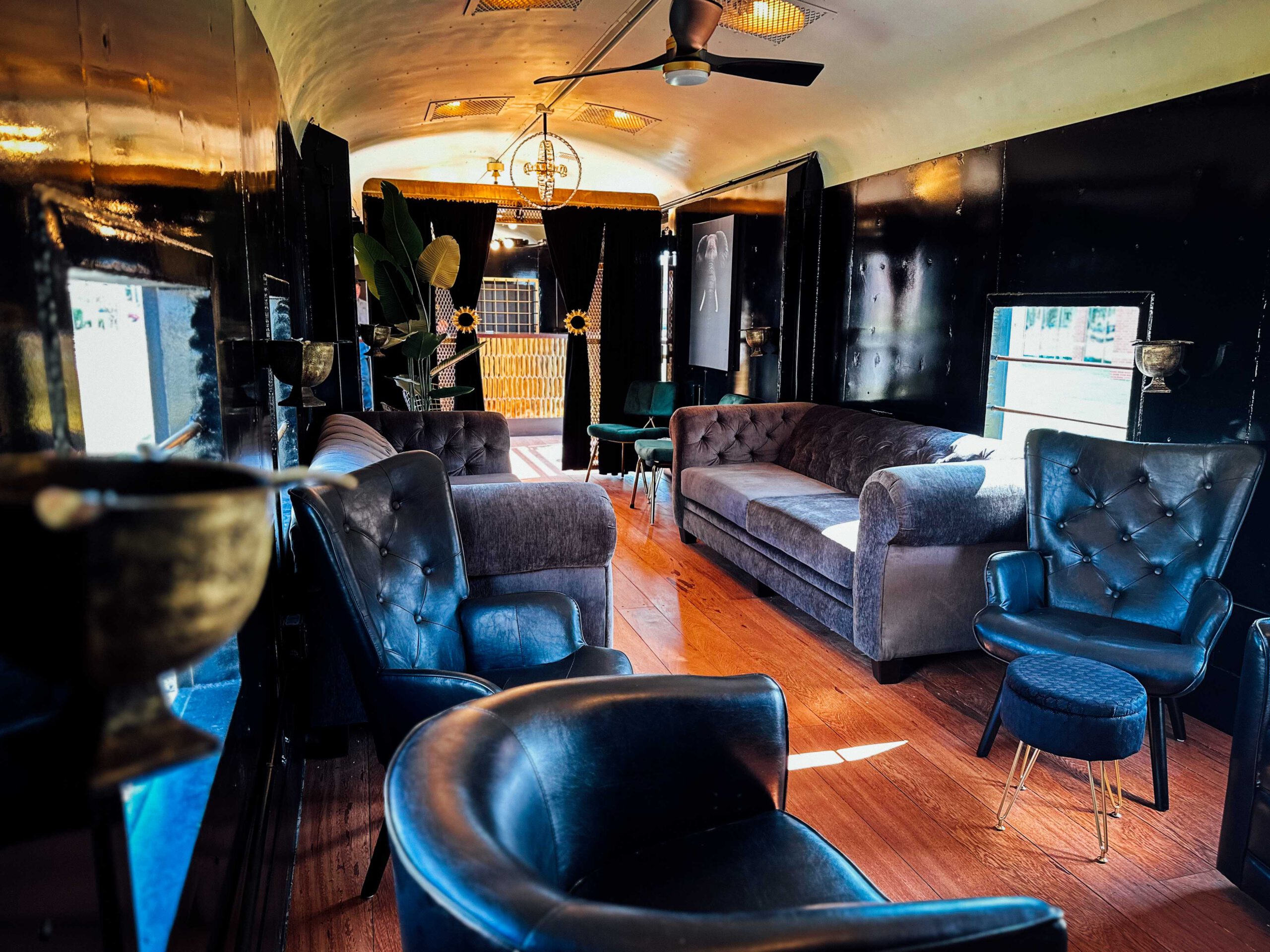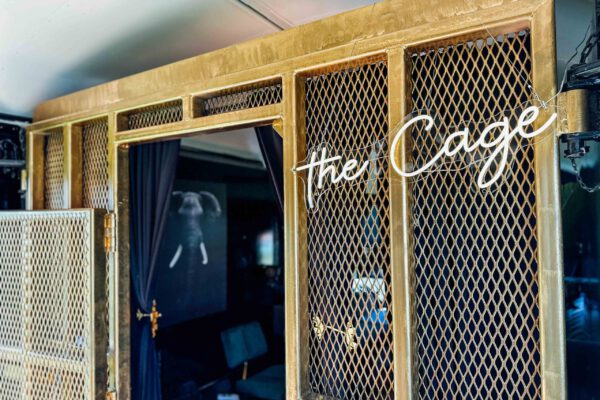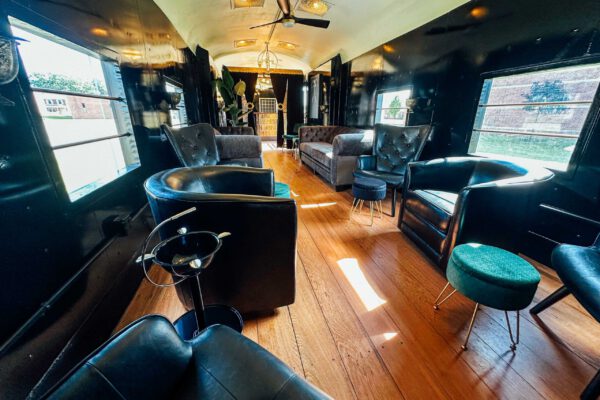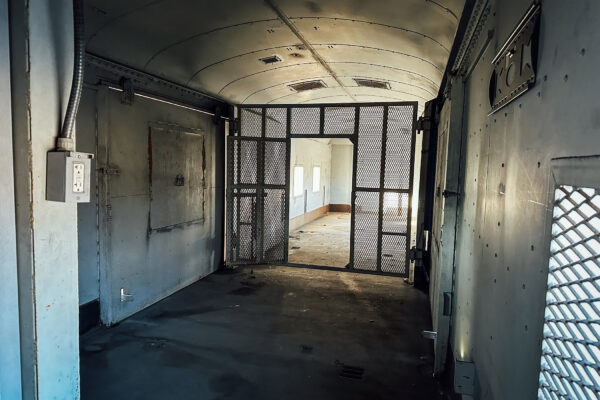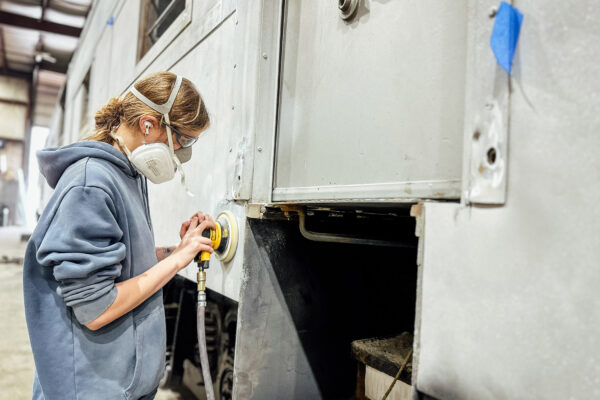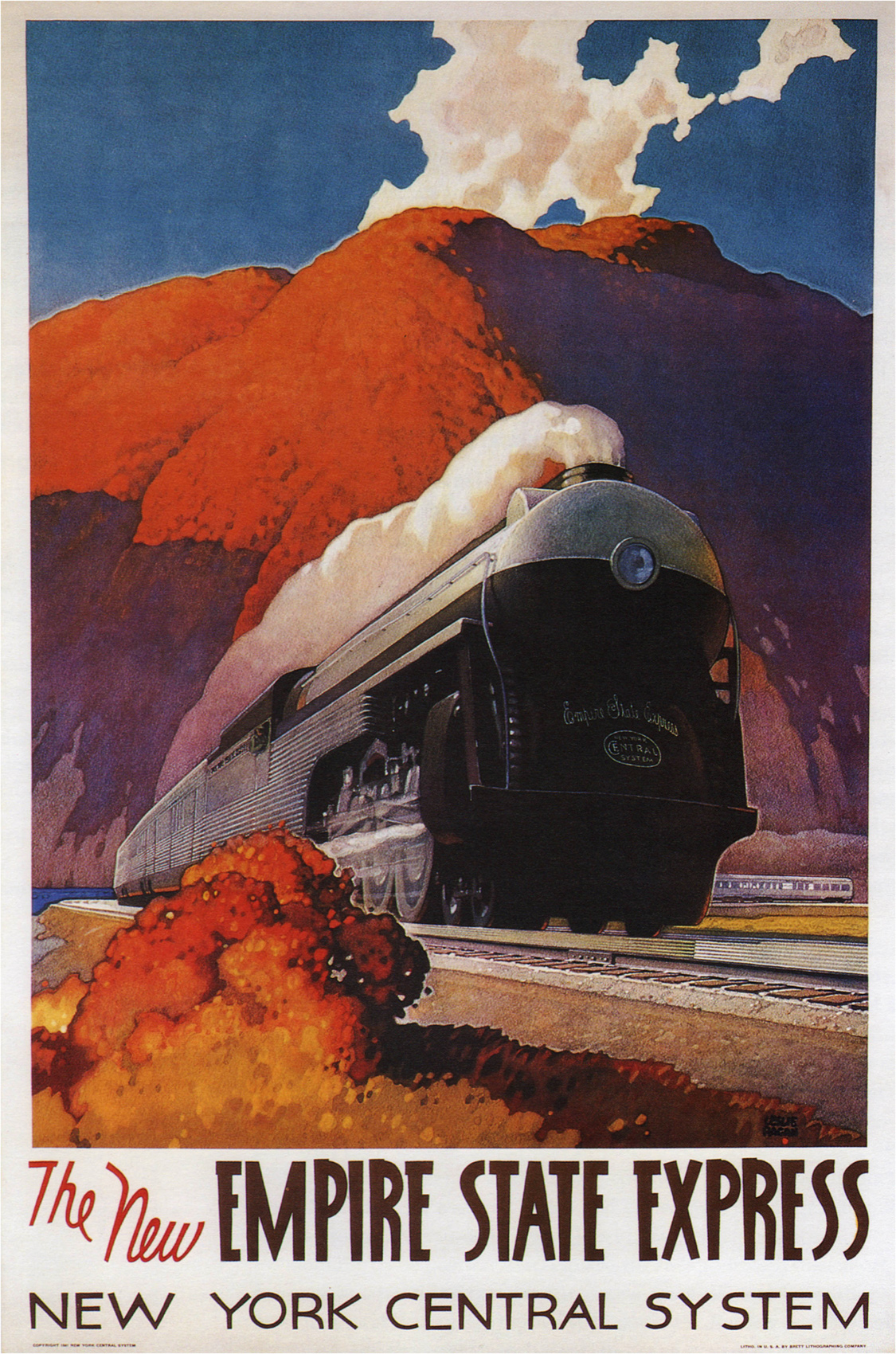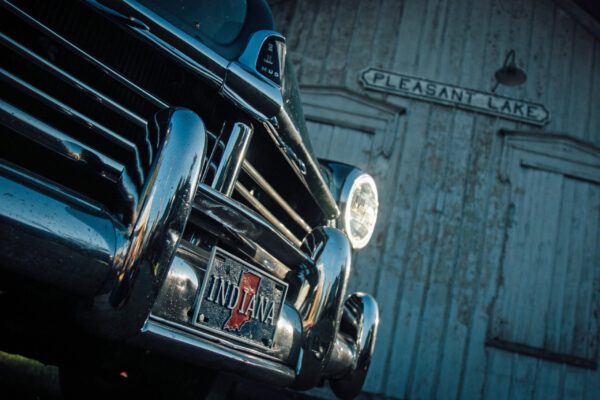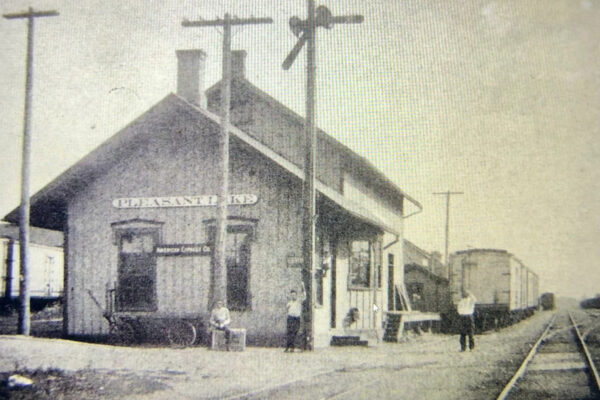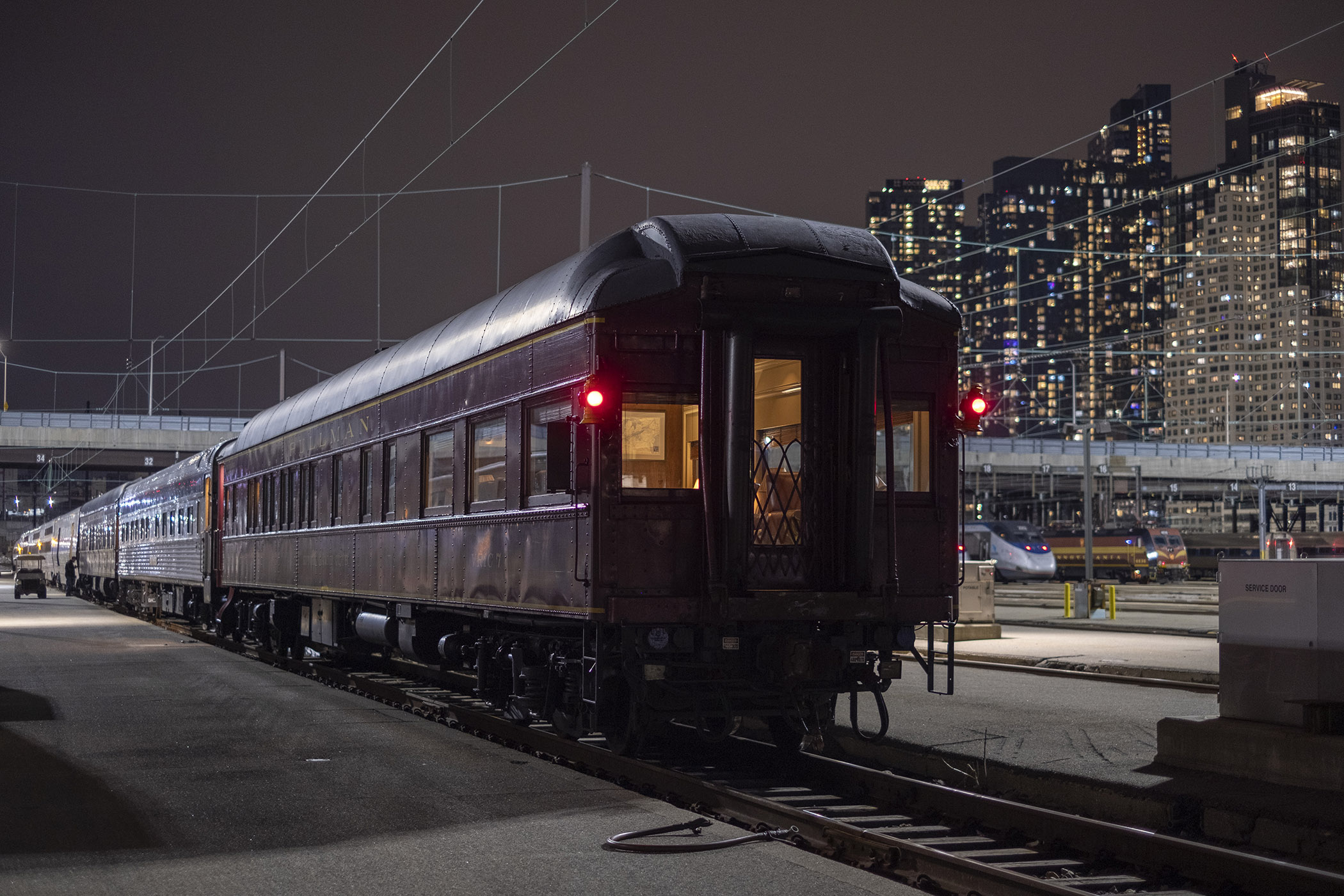

NORTHEAST INDIANA – Kitchi Gammi Club, a one-of-a-kind 1923 Pullman railroad passenger car, will travel on a multi-day journey between New York City, Chicago, and Grand Rapids, Michigan to join the Indiana Rail Experience for special occasions this October and December. Tickets to ride aboard this vintage Pullman car during its special Amtrak charter voyage and seasonal excursions will be available at indianarails.org.
“Pullman cars were renowned for plush interiors, lounges, sleeping compartments, and onboard services. Kitchi Gammi Club represents one of the best examples from this era of early 20th-century rail travel. We’re elated to add it to our fall color and Christmas trains this year,” explained Kelly Lynch, Executive Director for the Fort Wayne Railroad Historical Society.
Named the Kitchi Gammi Club, the prestigious passenger car once operated in first-class passenger train service for the Nickel Plate Road. It routinely traveled as a part of its named passenger trains until 1953, when it was converted into an official company business car until it was later deemed surplus after serving in wreck train service. Between 1988 and 2019, the car was meticulously overhauled and restored under private ownership and operated by Virginia Rail Investment Corporation and its owners Chuck Akers and Chuck Jensen. It has seen continuous service ever since, most recently traveling to Miami for the National Railway Historical Society Convention. Accompanying the Kitchi Gammi Club will be the Pullman car Pacific Island, a 1950s-era sleeper-lounge car operated by Adios Rail.

Kitchi Gammi Club commonly operated behind both steam and diesel locomotives of the Nickel Plate, just like the Fort Wayne Railroad’s 1940s-era steam locomotive no. 765 and 1950s-era diesel locomotive no. 358, the latter of which was just recently restored. The car’s arrival is timed to coincide with the organization’s hosting of the annual convention of the Nickel Plate Road Historical & Technical Society in October.
“You haven’t been able to climb aboard a Nickel Plate Pullman and ride behind a Nickel Plate steam or diesel locomotive in Northeast Indiana regularly since the 1950s,” added Lynch.
Plans call for Kitchi Gammi Club to depart on Amtrak’s Lake Shore Limited from New York Penn Station on September 6th and arrive in Chicago on September 7th, with a brief stop planned en route in Waterloo, Indiana. The car will then move onto Grand Rapids, Michigan on September 8th and be shipped to Northeast Indiana via freight trains.
10 individual overnight tickets, 6 double-bedroom overnight tickets, and a limited number of one-way tickets are available for the Amtrak portion of the trip. All overnight tickets include dinner and breakfast and access to both cars. Tickets for a berth section aboard the Kitchi Gammi are $950. Tickets for a private, overnight double bedroom for two passengers aboard Pacific Island are $2,500. One-way individual tickets between Waterloo and Chicago and Chicago and Grand Rapids are $325 and $355, respectively. Passengers will be responsible for their return travel, lodging, and accommodations. For more details on the Amtrak charter, click here.
Kitchi Gammi Club and Pacific Island will be available on the previously sold-out Fall Colors Steam Special operating between Pleasant Lake and Hillsdale, Michigan on October 19th and 20th, and aboard the diesel-powered Autumn Limited on October 25th, 26th, and 27th. In addition, both cars will join the Indiana Christmas Train dates throughout December.
Amtrak Charter Trip Disclaimer: This charter will operate as part of the Lake Shore Limited on the general railroad system and at the discretion of Amtrak and its host railroads, and is therefore subject to freight traffic and other disruptions that are not the responsibility of the Fort Wayne Railroad Historical Society. All schedules, timetables, event amenities, and offerings may be altered at any time due to railroad logistics, late departures, mechanical substitutions, or other unforeseen circumstances. Every effort will be made to operate trains as advertised but as these are special, one-time events, we cannot guarantee times and assume no consequential liability for inconvenience or expense caused by delays or cancellations. Do not book other transportation or make time-sensitive reservations. Passengers are responsible for their own return transportation and lodging and are advised to purchase trip insurance. Due to the historic nature of this equipment, these cars are not ADA-accessible.


